✓ Joining us on our Whatsapp Channel: 💬 Explore and Escape!.
Booking through us:
✓ 🏩 🛌 Handpicked Luxury Stays in Budget: Booking.com | Agoda.com
✓ 🍹⛱️ Deals on Private xfers, SIM Cards, City tours, Day trips : 📍🗺️ GetYourGuide | 🛵🧳 Klook
If you have seen the landmarks in Europe
, you’d know there are quite a few of them are here in Greece.Amidst the tranquil turquoise waters and pristine beaches, Greece boasts of its ancient and iconic landmarks that hold within them the essence of Greek culture, history, and mythology.
1. Santorini – Caldera
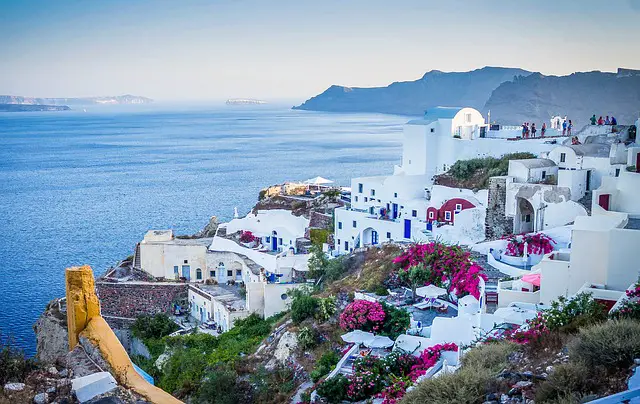
Santorini is a volcanic island in the Aegean Sea, featuring blue-domed churches, whitewashed buildings, and an iconic Caldera.
What to see or do: Take a boat tour of the Caldera to witness the beauty of the island from the water. Enjoy a stunning sunset at Oia and explore ancient ruins in Akrotiri.
Don’t miss: The magnificent views over the Caldera from the villages of Fira and Oia. Volcano tours that take you up close and personal with the island’s volcanic activity are also a must-see.
Insider travel tips: Visit during off-season to avoid crowds and enjoy the vast range of accommodation options at a lower cost. Be sure to take comfortable walking shoes, as the island is full of steep slopes and stairs.
Additionally, bring sunscreen, as the Mediterranean sun can be intense.
2. Parthenon
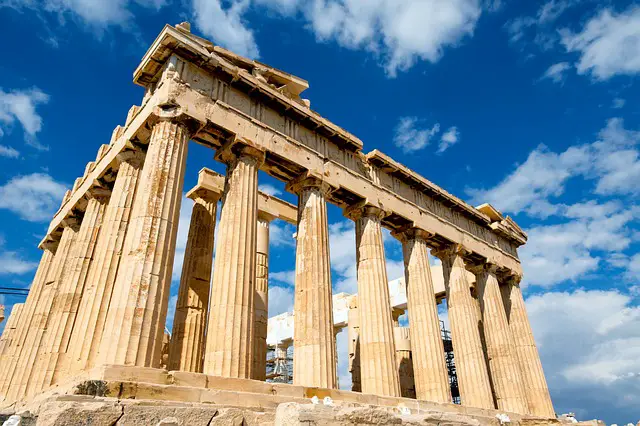
The Parthenon is an ancient temple located on the Athenian Acropolis in Greece, dedicated to the goddess Athena.
What to see or do: Visitors can explore the temple ruins and see the impressive columns and architectural details. The Parthenon also houses a museum with artifacts and exhibits about the history and significance of the site.
Don’t miss: Be sure to see the famous statue of Athena, which was once housed inside the temple and stood over 40 feet tall.
Although the statue is now lost, a smaller replica can be seen inside the museum.
Insider travel tips: To avoid crowds and the heat, it’s best to visit the Parthenon early in the morning or later in the afternoon.
Additionally, purchasing a combined ticket will grant you access to other ancient sites in Athens, such as the nearby Temple of Olympian Zeus.
3. Mykonos – Little Venice
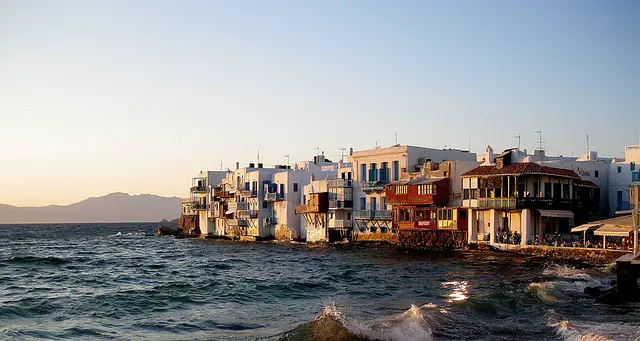
Little Venice is a picturesque and charming neighborhood located on the western side of Mykonos Town.
It is known for its colorful houses built right on the water’s edge, giving it a resemblance to the Italian city of Venice.
What to see or do: Visitors can take a stroll along the waterfront, admiring the beautiful houses and the iconic windmills in the distance.
The area is also home to several bars, cafes, and restaurants, making it a great place to enjoy a meal or a drink with a stunning view.
Don’t miss: Catch the breathtaking sunsets while sitting at one of the seaside bars. It is a perfect spot to relax and unwind after a long day of exploring the island.
Insider travel tips: To avoid the crowds and to experience the beauty of Little Venice, visit in the early morning or late afternoon.
The houses are less busy, the light is perfect, and you can take plenty of photos without accidentally photobombing someone else’s picture.
Also, be prepared to pay a premium for food and drinks in this area due to its popularity.
4. Ancient Agora of Athens
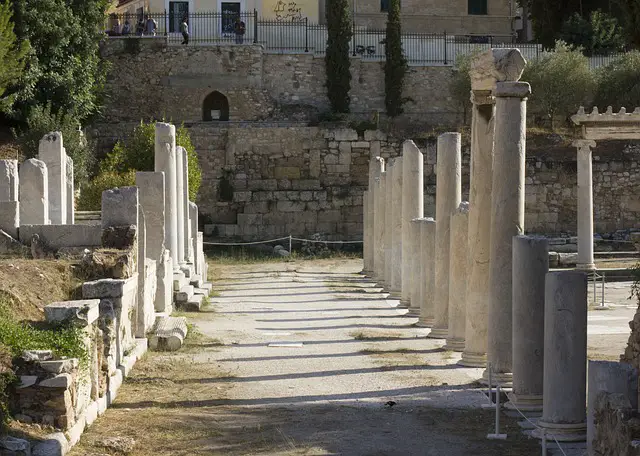
The Ancient Agora of Athens is a historical site located in the heart of Athens, Greece. It served as a gathering place and important political, commercial, and cultural center during ancient times.
What to see or do: Visitors can explore the well-preserved structures and ruins that offer glimpses of daily life in ancient Athens.
Highlights include the Temple of Hephaestus, the Stoa of Attalos, and the ancient marketplace, where vendors sold goods and merchants conducted business.
Don’t miss: The museum located on site, which houses artifacts and displays that provide deeper insights into the history and culture of Athens.
Another must-see attraction is the Agora’s outdoor theater, which once hosted plays and performances.
Insider travel tips: Make sure to wear comfortable walking shoes and bring water as there is a lot of ground to cover. For those interested in history and archaeology, a guided tour can offer valuable context and information.
It’s also wise to visit early in the morning or late in the day to avoid crowds and the heat of the sun.
5. Meteora – Monasteries
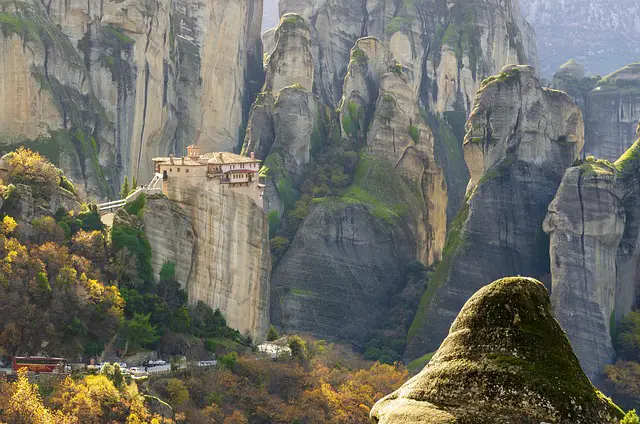
A group of stunning monasteries perched on towering rock formations in central Greece.
What to see or do: Visit the six remaining monasteries and take in the breathtaking views of the surrounding landscape.
Don’t miss: The Holy Monastery of Great Meteoron, the largest and highest of all the monasteries, as well as the Monastery of St.
Stephen, known for its beautiful frescoes.
Insider travel tips: Wear comfortable shoes as there are stairs to climb, and make sure to dress modestly as the monasteries are still active religious sites.
Also, consider visiting early in the morning to avoid the crowds.
6. Temple of Olympian Zeus Athens
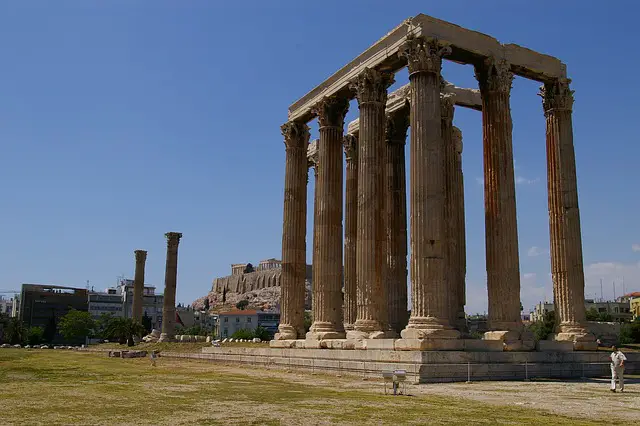
The Temple of Olympian Zeus, also known as the Olympieion, is an ancient Greek temple located in Athens.
What to see or do: Visitors can admire the enormous size and impressive columns of the temple, which was dedicated to the king of the gods, Zeus.
Only 15 of the original 104 massive columns remain standing, but the ruins still evoke a sense of wonder and awe.
Don’t miss: The Hadrian’s Arch, located just next to the Temple of Olympian Zeus, is an ancient Roman monument that is also worth a visit.
Insider travel tips: To avoid the crowds and heat, it’s best to visit the Temple of Olympian Zeus early in the morning or later in the day.
Also, be sure to wear comfortable shoes as there is a bit of walking involved.
Don’t forget to bring a camera to capture the stunning views of the temple against the backdrop of the modern city.
7. Rhodes – Medieval City
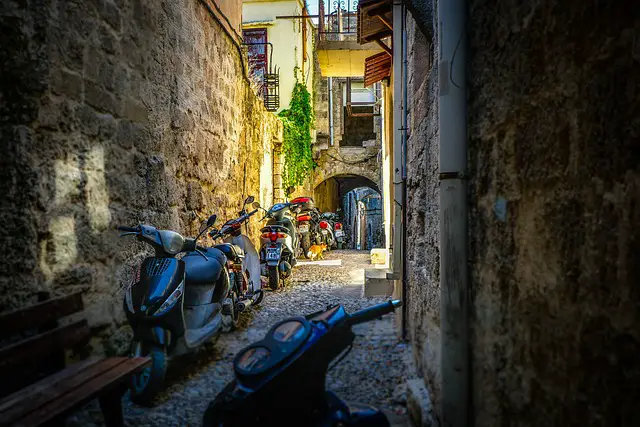
The Medieval City of Rhodes is a UNESCO World Heritage site, located on the northern tip of Rhodes Island in Greece.
What to see or do: – Walk around the city walls and admire the medieval architecture.
Don’t miss: – The impressive clock tower, built in the 7th century.
Insider travel tips: – The best time to visit is in the early morning or late afternoon, when the crowds are smaller and the sun is less intense.
8. Knossos – Palace of Crete
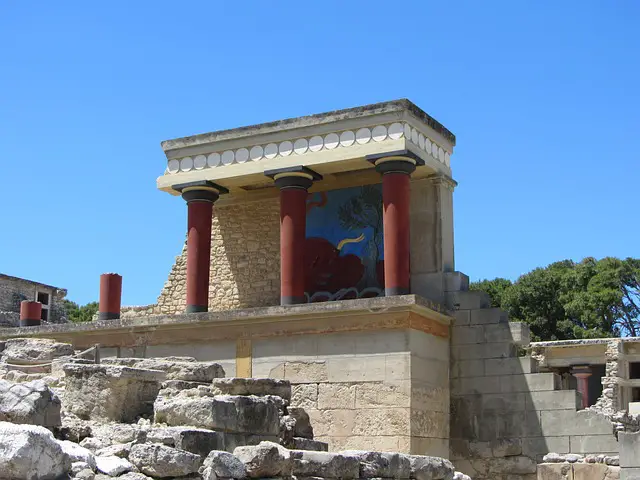
Knossos is a Bronze Age archaeological site, considered to be the largest and most significant on the island of Crete.
What to see or do: Visitors can explore the ruins of the palace, which was built around 1900 BC, and learn about the Minoan civilization that dominated the Aegean for hundreds of years.
Highlights include the grand staircase, the throne room, and frescoes depicting scenes from daily life.
Don’t miss: The famous Bull Leaping fresco is a must-see. It depicts individuals leaping over a charging bull and is believed to be a representation of an ancient Minoan ritual.
Insider travel tips: – Plan to visit early in the day or later in the afternoon to avoid the midday crowds.
9. Delphi – Archaeological Site
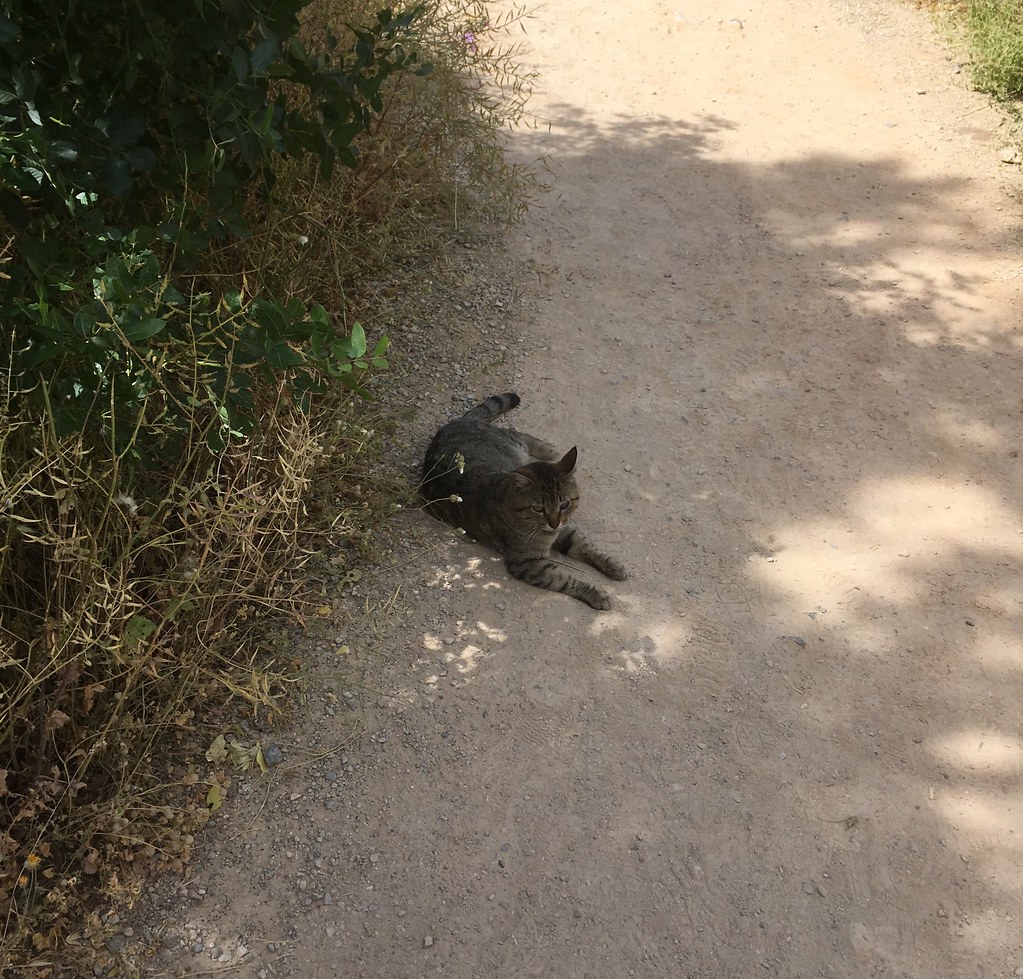
Delphi is an archaeological site located in central Greece, known as the sanctuary of Apollo, the god of prophecy and music.
What to see or do: Explore the ruins of the Temple of Apollo, the theater, the stadium and the preserved treasuries. Admire the views of the valley and the olive groves from the top of the site.
Don’t miss: The impressive statue of the Charioteer, one of the best-preserved bronze sculptures of ancient Greece, and the iconic monument of the Omphalos, the navel of the earth.
Insider travel tips: Visit Delphi early in the morning or late in the afternoon to avoid the crowds and the heat. Wear comfortable shoes and clothes and carry plenty of water.
Combine your visit with a scenic drive to the nearby villages and the mountainous landscapes.
10. Epidaurus – Ancient Theater
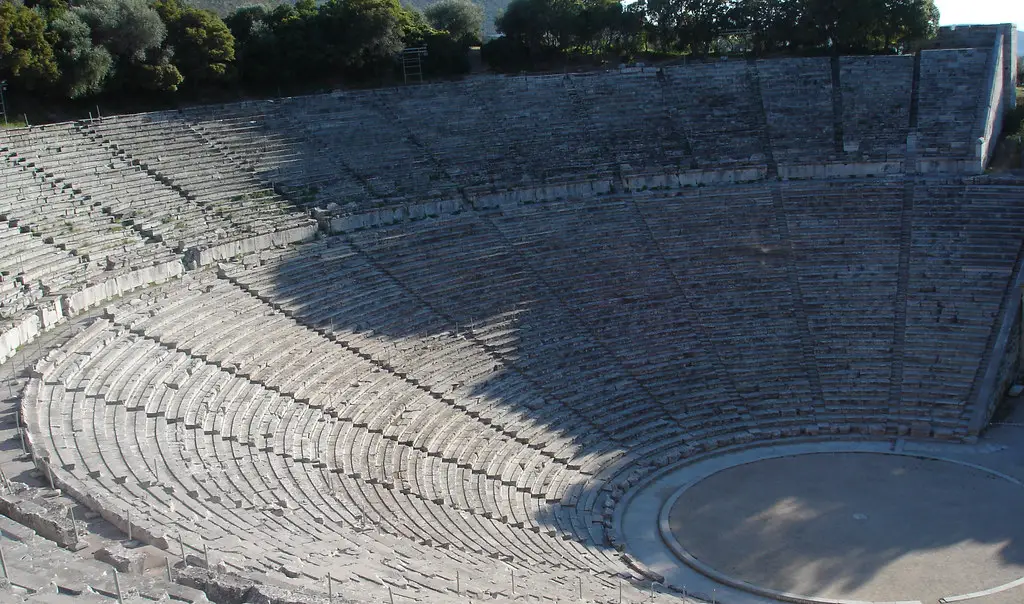
Ancient theater in the archaeological site of Epidaurus, Greece.
What to see or do: Marvel at the well-preserved acoustics of this UNESCO World Heritage Site where the Greeks performed plays and religious ceremonies. Witness the incredible engineering feat of the theater’s perfect acoustics, where every seat can hear a performer’s unaided voice.
Don’t miss: Catch a performance during the annual Epidaurus Festival held each summer, where ancient plays are performed in their original setting.
Make sure to explore the rest of the archaeological site, including the sanctuary of Asklepios, the god of medicine, where visitors sought healing in ancient times.
Insider travel tips: Get there early to avoid crowds and beat the heat. For the best acoustics, sit in the center of the theater.
Bring sunscreen and water, as there is little shade available in the theater. If visiting during the off-season, check ahead for opening hours and tour availability.
11. Mon Repos Palace Corfu
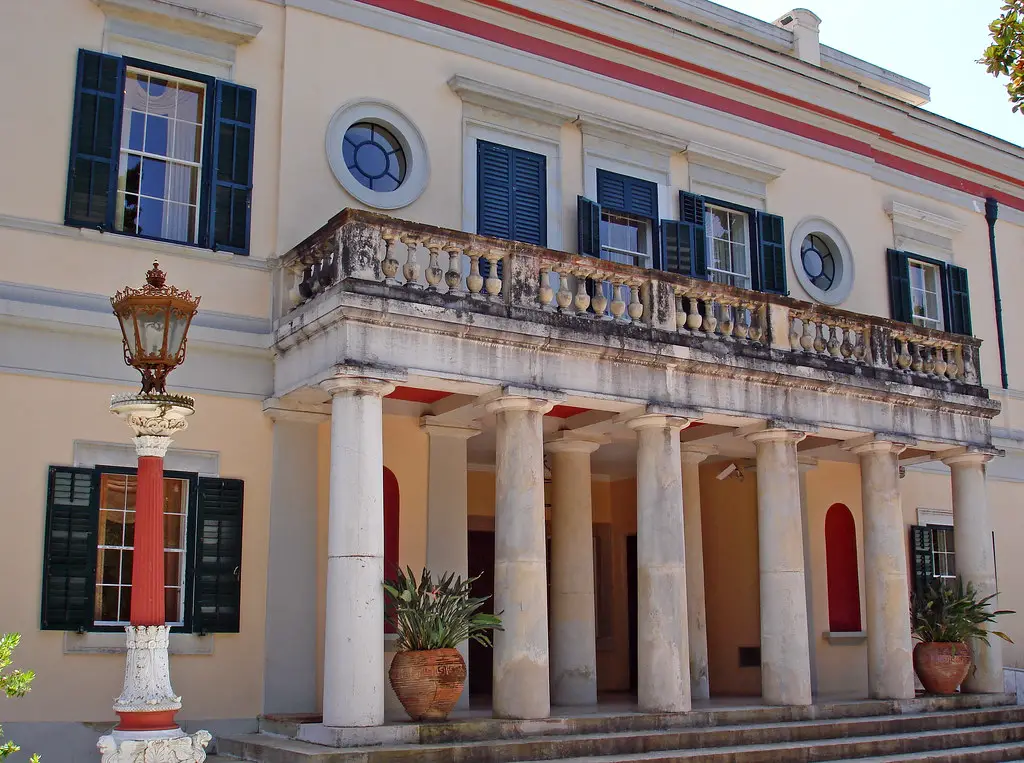
A neoclassical palace located on the east coast of Corfu Island, Greece.
What to see or do: Visitors can explore the palace’s interior rooms and admire the beautiful frescoes and decorations.
The palace is also surrounded by a large park with lush gardens and stunning sea views, perfect for a relaxing stroll.
Don’t miss: The Turtle Protection Society of Greece is located within the park, and visitors can watch the loggerhead turtles lay their eggs and their hatchlings make their way to the sea from late May to early August.
Insider travel tips: The best time to visit is during the late afternoon when the sun is not as hot and the crowds have thinned out.
It’s also recommended to join a guided tour to learn more about the history and significance of the palace.
12. Hydra – Harbor
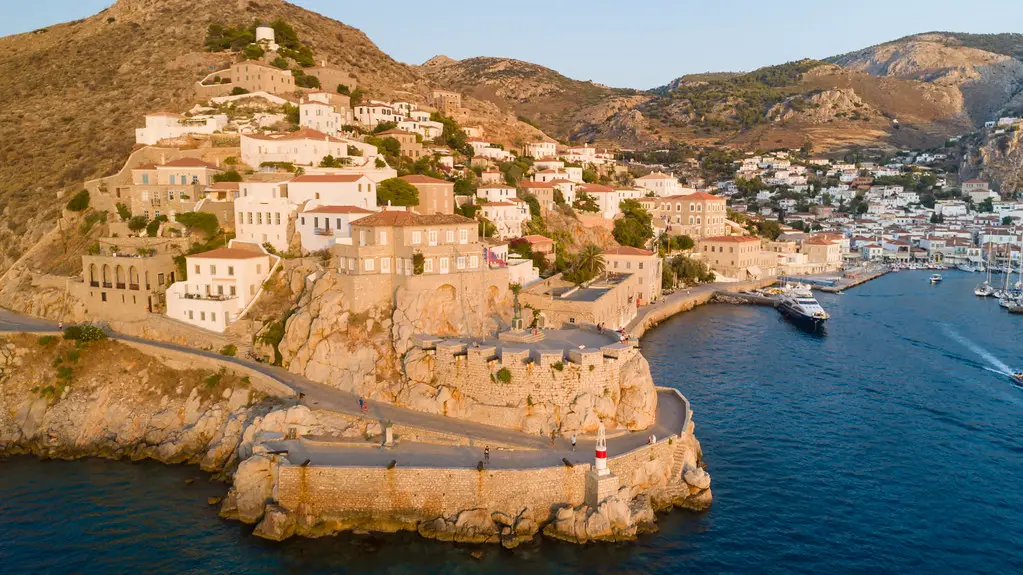
Charming harbor town on the Saronic island of Hydra in Greece.
What to see or do: Stroll along the picturesque harbor lined with colorful fishing boats and yachts, and relax at one of the many cafes and restaurants along the waterfront.
Take a water taxi to one of the nearby beaches or hike to the monasteries and churches on the hills above the town.
Don’t miss: The sunset views from one of the hillside cafes or restaurants overlooking the harbor are a must-see.
Also, don’t miss the iconic stone arch bridge at the entrance to the harbor, and the historic cannons that line the waterfront.
Insider travel tips: For the best photo opportunities, head to the harbor early in the morning before the crowds arrive.
Be prepared for a bit of a walk as cars and other vehicles are not allowed on the island, making it a true pedestrian paradise.
Finally, don’t forget to try the local seafood dishes, which are some of the freshest and most delicious in all of Greece.
13. Heraklion Archaeological Museum

The Heraklion Archaeological Museum is one of the largest and most important museums in Greece, showcasing the ancient history and culture of Crete from the Neolithic period to Roman times.
What to see or do: Visitors can explore the museum’s extensive collection of Minoan artifacts, including pottery, jewelry, frescoes, and sculptures, as well as artifacts from other ancient civilizations that have influenced Crete’s history.
The museum is home to the famous Phaistos Disc, a circular clay tablet inscribed with mysterious hieroglyphic writing from the second millennium B.
C.
Don’t miss: Don’t miss the Bull-leaping Fresco, which depicts a daring acrobatic feat performed by Minoan athletes. Also, the Snake Goddess figurines, believed to represent a powerful goddess of Minoan religion, are a must-see.
Insider travel tips: – The museum can get crowded, so arrive early to avoid the crowds.
14. Palace of the Grand Master of the Knights of Rhodes
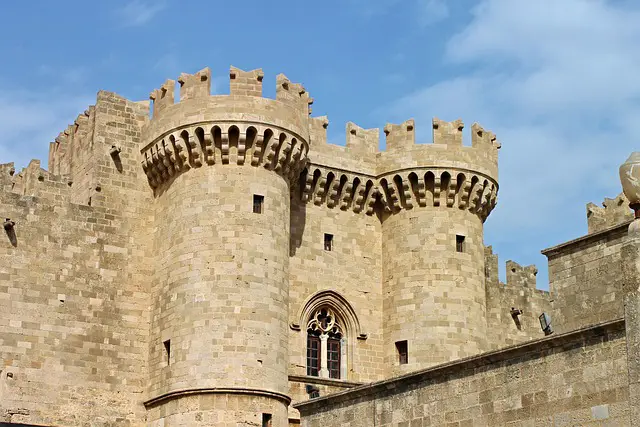
Medieval castle turned museum in Rhodes, Greece.
What to see or do: Explore the castle’s many rooms, including the medieval prison, great dining hall, and chapel. Wander through the courtyards and gardens and take in the stunning views of the city and sea.
Don’t miss: The impressive collection of artifacts and exhibits that showcase the history of Rhodes and the Knights of St. John.
Be sure to also catch the daily reenactments of medieval battles and ceremonies.
Insider travel tips: Visit early in the morning or later in the evening to avoid the crowds and heat of the day. Wear comfortable shoes as the castle has many stairs and uneven surfaces.
Don’t forget to bring your camera to capture the stunning views from the top of the castle.
15. Navagio Beach Zakynthos
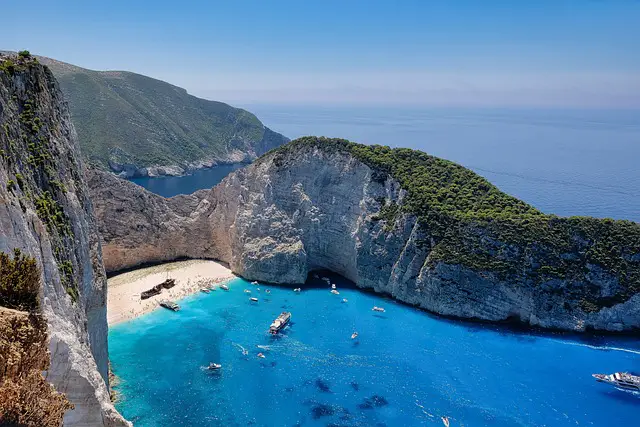
Navagio Beach, also known as Shipwreck Beach, is a secluded cove located on the northwest coast of the Greek island of Zakynthos.
What to see or do: The clear blue water and white sandy beach are the main attraction, but the real highlight is the rusted remains of an old smuggler ship that ran aground on the shore in the 1980s.
Visitors can also take a boat tour of the area, including a stop at the Blue Caves nearby.
Don’t miss: The panoramic view of the beach from the nearby cliff is breathtaking and makes for an amazing photo opportunity. Also, the beach gets crowded with tourists during peak travel season, so plan accordingly.
Insider travel tips: Be prepared for a bit of a trek down to the beach, but it’s worth it for the serene surroundings. If possible, try to visit early in the morning or late in the afternoon to avoid the crowds.
During the high season, expect crowds and boats coming and going frequently, but off-season the beach is often empty. Be aware of the high waves, making the water sometimes dangerous for swimming.
Finally, bring a picnic or some snacks and drinks, as there are no vendors or facilities on the beach itself.
16. Lindos – Acropolis
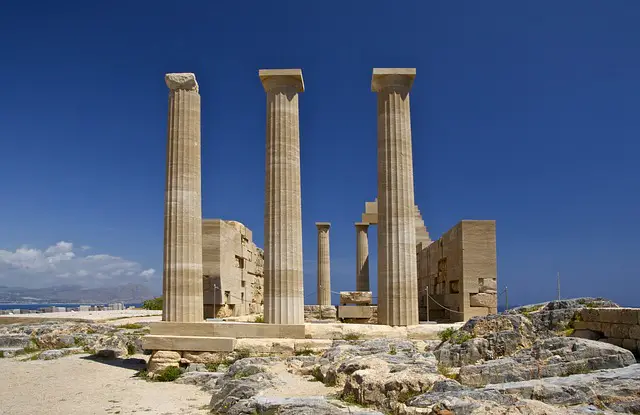
The Lindos Acropolis is an ancient citadel built on a rocky outcrop overlooking the village of Lindos in Rhodes, Greece.
What to see or do: Explore the ruins of the ancient acropolis, including the Temple of Athena Lindia and the Hellenistic Stoa. From the top of the acropolis, take in the stunning views of the village and the sea below.
Don’t miss: Be sure to visit the Byzantine Church of Panagia, located at the base of the acropolis. Its walls are adorned with beautiful frescoes and it offers a peaceful respite from the heat.
Insider travel tips: To avoid the crowds, visit the acropolis early in the morning or late in the afternoon. Wear comfortable shoes with good grip, as the walk up to the top can be steep and slippery.
Bring plenty of water and sunscreen, as there is little shade available. Finally, hiring a local guide can greatly enhance your experience by providing historical context and local insights.
17. Akrotiri – Archaeological Site
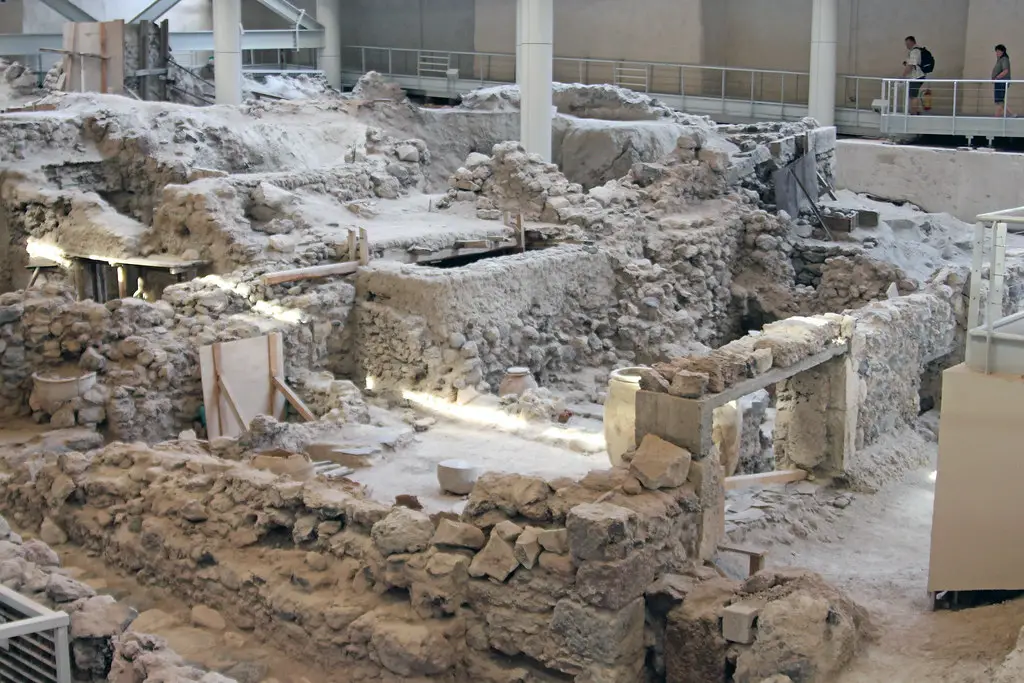
Akrotiri is an ancient Minoan settlement located on the island of Santorini in Greece. It was preserved and buried under ash during the Theran eruption in the mid-second millennium BCE.
What to see or do: Visitors can explore the excavated remains of Akrotiri, which include multi-story buildings, streets, and impressive frescoes. The site offers a glimpse into the everyday life of the Minoan civilization and their advanced culture.
Don’t miss: The iconic “Saffron Gatherer” fresco, which depicts a young woman collecting saffron along with other vivid frescoes. The Museum of Prehistoric Thira showcases the pottery, jewelry, and various artifacts found on the site for further exploration.
Insider travel tips: The site can get crowded during peak hours, so arrive early to avoid long lines.
18. Samaria Gorge
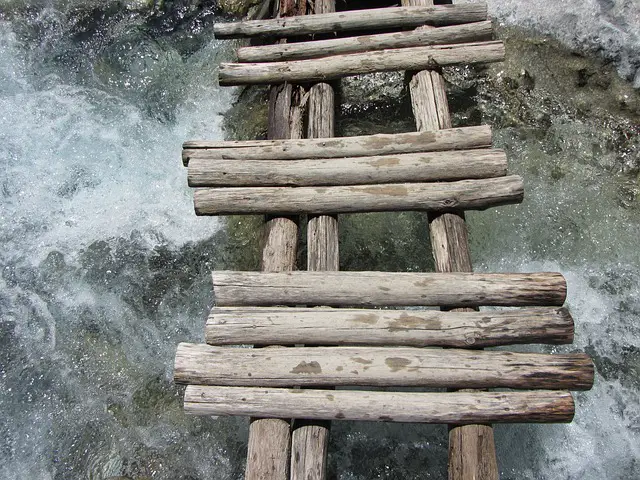
Samaria Gorge is a stunning natural wonder located in the White Mountains of Crete, Greece.
What to see or do: Hike through the 16-kilometer-long gorge and enjoy the breathtaking views of the steep cliffs, wildflowers, and crystal-clear streams.
Don’t miss: Make sure to take a break and spot the rare kri-kri wild goats that inhabit the gorge. Also, don’t forget to visit the abandoned village of Samaria towards the end of the trek.
Insider travel tips: Start early in the morning to avoid the crowds and the midday heat. Wear comfortable shoes and bring plenty of water and snacks.
It’s also advisable to take a bus or taxi to the entrance of the park and plan a return trip in advance.
19. Mystras – Byzantine Site
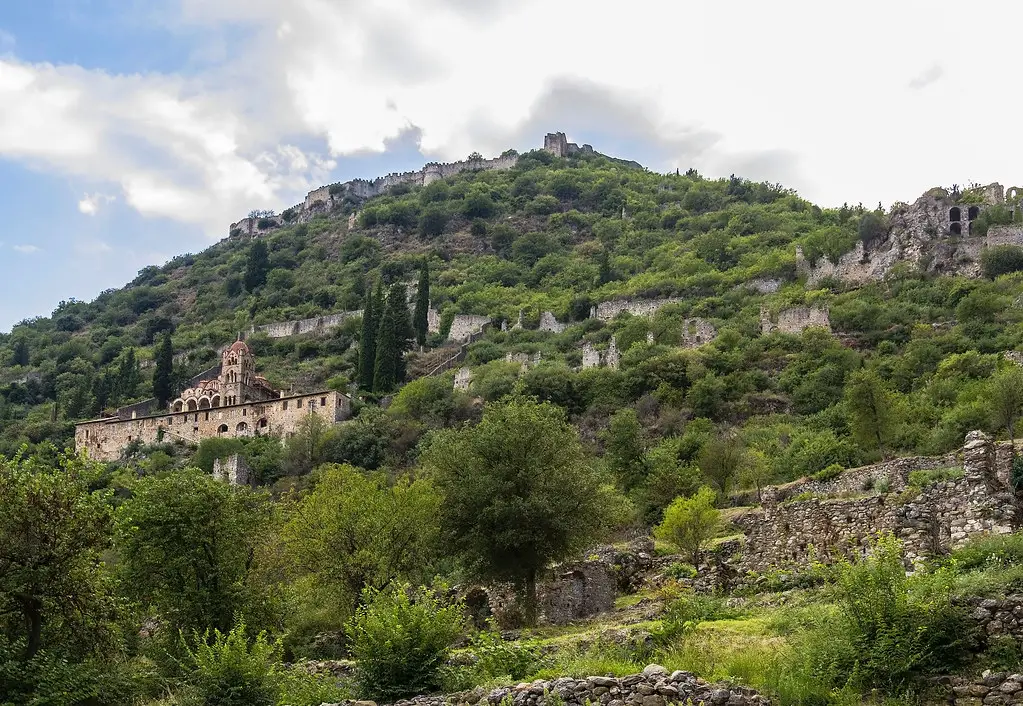
Mystras is a fortified town situated in the Peloponnese region of Greece, famous for its Byzantine architecture and historical significance.
What to see or do: Explore the ruins of the fortified town and marvel at the Byzantine architecture of the Palace of the Despots. Visit the churches of Mystras, including the Cathedral of Saint Demetrius and the Church of Saint Theodore.
Don’t miss the Mystras Archaeological Museum for a glimpse into the town’s history.
Insider travel tips: Visit early in the day to avoid crowds and enjoy the site in a peaceful setting. Wear comfortable shoes as there is a lot of walking involved.
For an even better experience, consider hiring a guide to learn more about the history of Mystras and its significance in Greece’s past.
20. Eleusis Archaeological Site
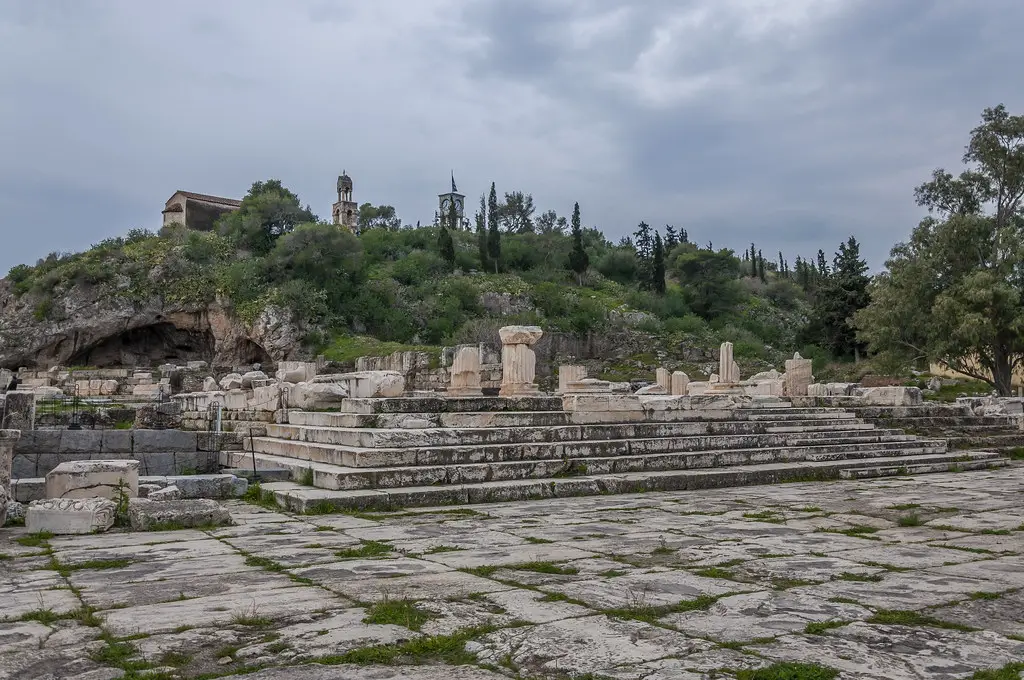
The Eleusis Archaeological Site is an ancient religious sanctuary located in Eleusis, Greece.
It was dedicated to the goddess Demeter and her daughter Persephone and is famous for its Mysteries, a secret religious ceremony that took place there.
What to see or do: Visitors can explore the remains of the sanctuary which include the Telesterion, the enormous hall where the initiation rites of the Mysteries were held.
There are also the remains of a theater, a stadium, and several buildings used for religious and administrative purposes.
Don’t miss: The impressive mosaic of Triptolemos, which shows the young man who was sent by Demeter to teach agriculture to humans.
The mosaic is located in the Little Mysteries Hall and is considered one of the finest examples of ancient Greek mosaic art.
Insider travel tips: Wear comfortable shoes as there is a lot of walking involved in exploring the site.
21. Delos – Archaeological Site
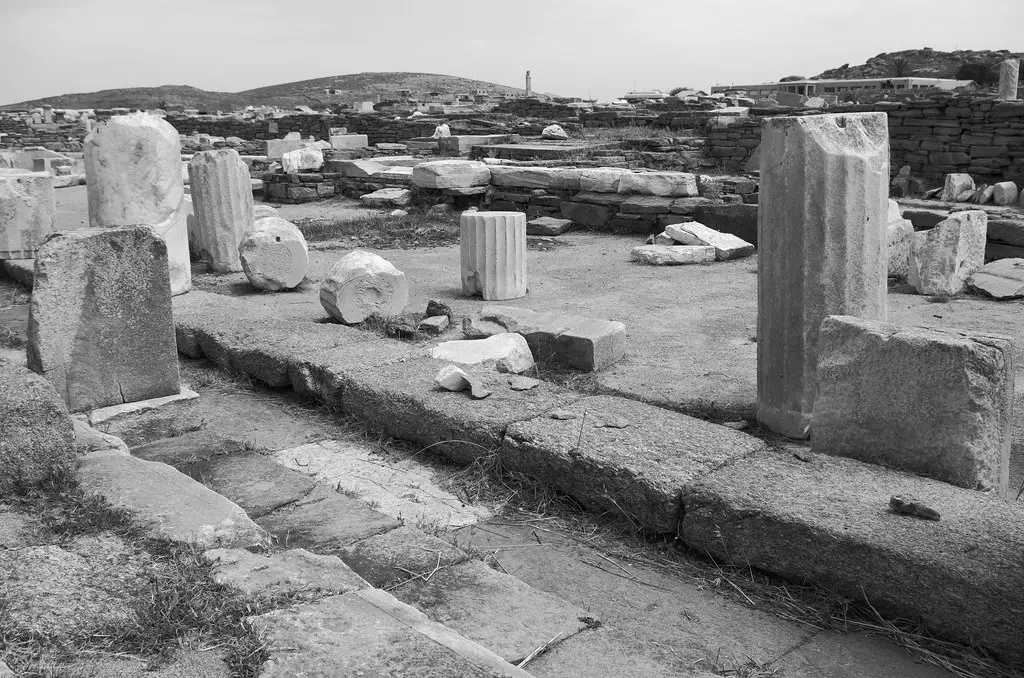
Delos is a small Greek island situated in the Aegean Sea, renowned for its magnificent ancient ruins and artifacts.
What to see or do: Visitors can wander around the extensively excavated archaeological site and admire the remains of once-great structures, including temples, houses, and public buildings.
Don’t miss: The Terrace of the Lions – an iconic monument consisting of several marble lions that once served as guardians of the Sacred Lake.
Also, the House of Dionysus, the Theatre, and the Avenue of the Lions are major highlights.
Insider travel tips: Bring plenty of water and sunscreen as the climate can get very hot, and wear comfortable shoes as the archaeological site is expansive and can take several hours to explore.
Consider hiring a knowledgeable guide to learn more about the history and significance of the ruins. Additionally, visitors are not allowed to stay overnight on the island, so plan your visit accordingly.
22. Nafplio – Old Town
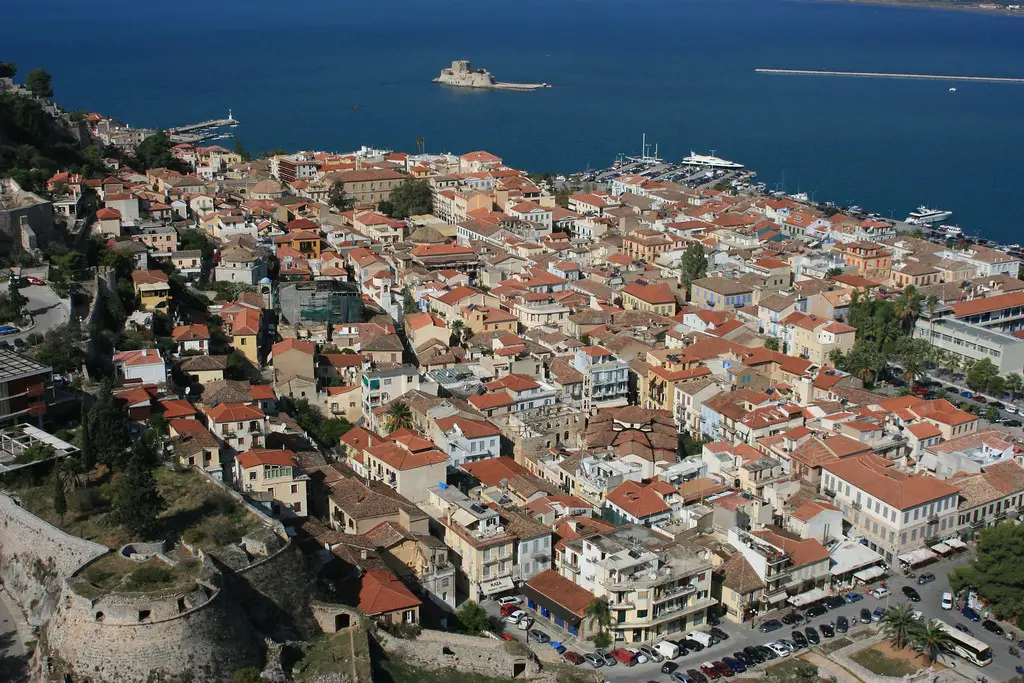
Nafplio Old Town is a charming historic district in the heart of Nafplio, Greece.
What to see or do: Stroll the scenic streets, admire the impressive neoclassical architecture and take in the rich history of the area. Visit the Archaeological Museum of Nafplio, the Venetian Fortress of Palamidi, the Bourtzi Castle, and the Ottoman fountains.
Don’t miss: Don’t miss touring the Syntagma Square which is surrounded by cafes and restaurants.
Insider travel tips: It’s best to explore the area on foot as the pedestrian lanes are narrow and winding. Try the seafood at a waterfront restaurant and explore the local shops for souvenirs.
23. Cape Sounion – Temple of Poseidon
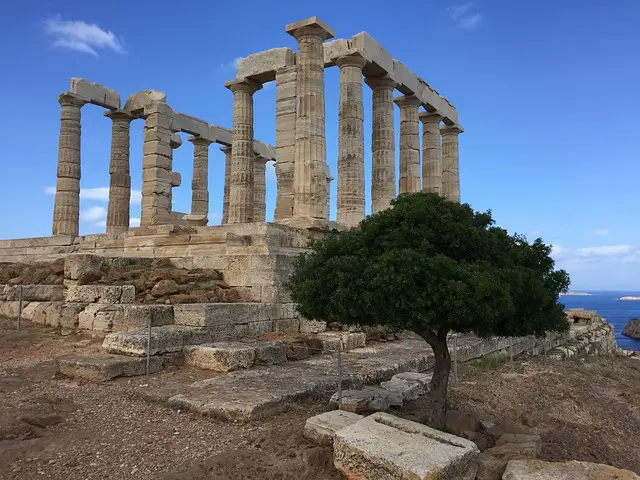
Cape Sounion is a stunning cape located at the southernmost tip of Attica Peninsula in Greece. It is home to the ruins of the ancient Temple of Poseidon, one of the most iconic landmarks of Athens.
What to see or do: The main attraction in Cape Sounion is undoubtedly the Temple of Poseidon, which offers stunning views of the Aegean Sea and the surrounding mountains.
Visitors can explore the temple’s ruins and learn about its rich history. Additionally, Cape Sounion is a great spot for photography, especially at sunset when the temple is bathed in golden light.
Don’t miss: Watching the sunset from Cape Sounion is a must-do activity. The view is simply breathtaking, and it’s considered one of the best sunset spots in Greece.
Visitors can also take a dip in the crystal-clear waters of the nearby beaches, such as Legrena Beach and Sounio Beach.
Insider travel tips: – Try to visit Cape Sounion during weekdays in order to avoid the crowds.
24. Spinalonga Island – Venetian Fortress
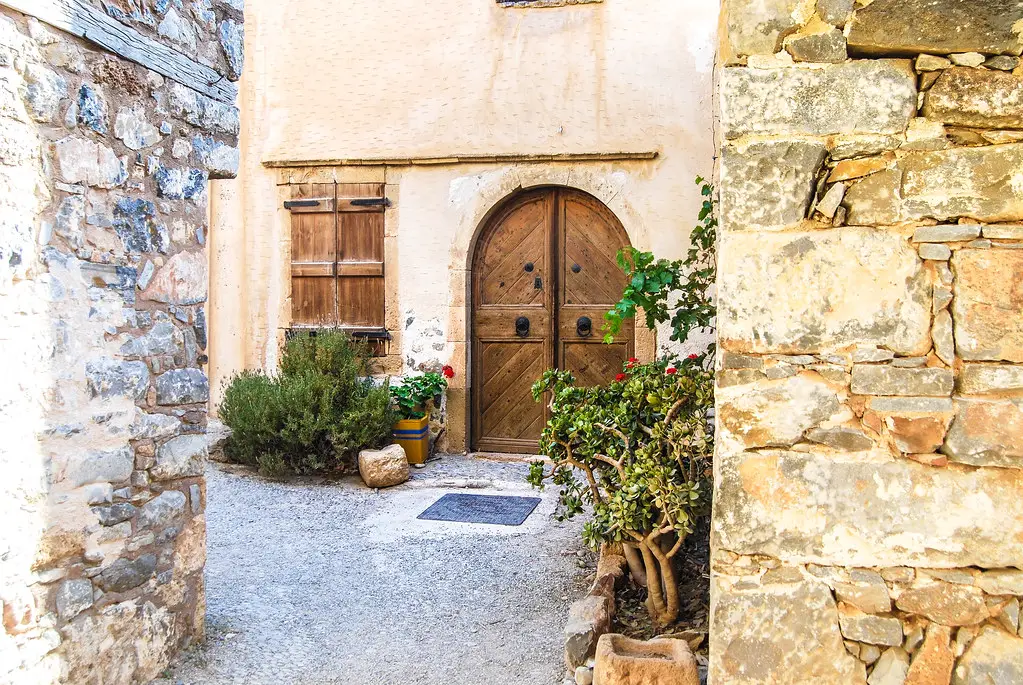
Spinalonga Island is a small islet located off the coast of Crete, Greece that served as a Venetian fortress, Ottoman settlement, and leper colony.
What to see or do: Explore the imposing walls and fortresses, admire the stunning views of the bay, and learn about Spinalonga’s history as a leper colony through the various exhibits.
Don’t miss: The iconic Venetian fortress that has been standing since the 16th century and the stories of the island’s past leper colony.
Insider travel tips: Take a guided tour to learn more about the island’s complex history and make sure to bring sunscreen and comfortable shoes as there is a lot of exploring to do on foot.
Also, don’t forget your camera to capture the stunning views of the surrounding crystal clear waters.
25. Ancient Corinth Archaeological Site
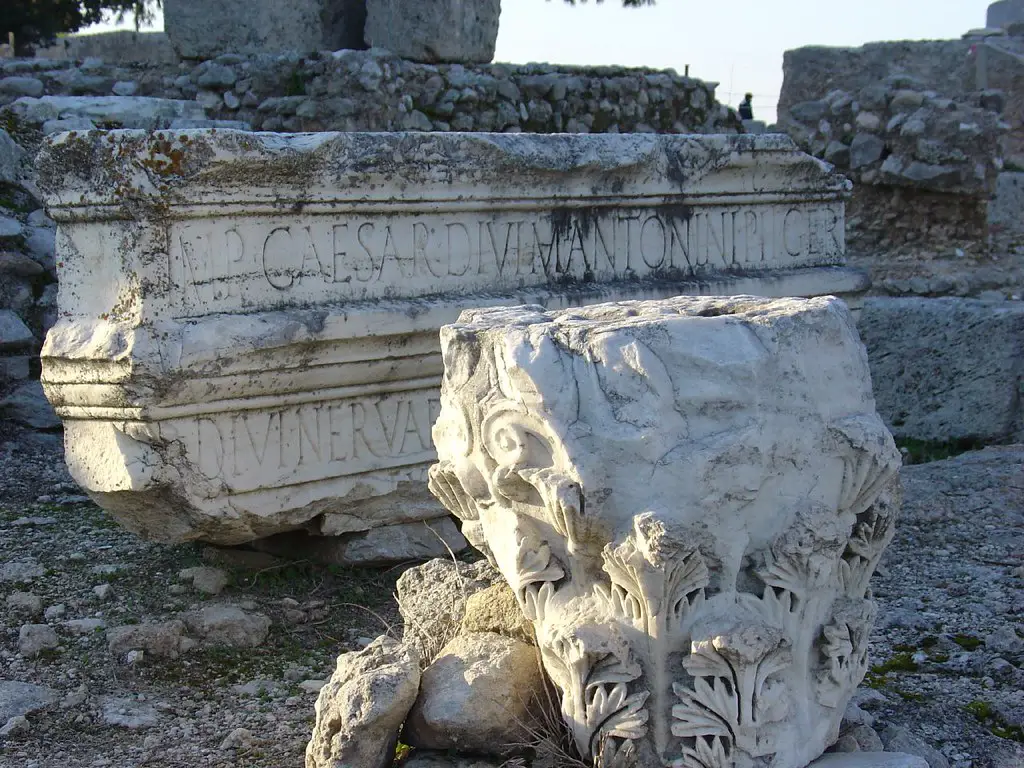
The Ancient Corinth Archaeological Site is a historic site containing ruins of ancient buildings and structures that date back to the Greek, Roman, and Byzantine periods.
What to see or do: Visitors can explore the ruins of the Temple of Apollo, the ancient agora, the Peirene Fountain, and the Bema, where St.
Paul preached. The site also includes a museum with artifacts from the ancient city.
Don’t miss: Don’t miss seeing the stunning views of the surrounding landscape from the top of the Acrocorinth, the city’s acropolis. Visitors can also walk along the ancient road that connected the city’s port of Lechaion to the agora.
Insider travel tips: – Wear comfortable shoes as there is quite a bit of walking and climbing involved.
26. Thermopylae – Historical Site

Historical site of the Battle of Thermopylae in 480 B.C.
What to see or do: Explore the site of the famous battle between the Greek city-states and the Persian Empire, including the Hot Gates where the 300 Spartans made their last stand.
Visit the monument, statues, and information boards that provide insights into the events that took place.
Don’t miss: The statue of Leonidas, the Spartan king, standing proud and defiant. The nearby museum, showcasing artifacts and exhibits related to the battle, is also a must-see.
Insider travel tips: Visit early in the morning or late afternoon to avoid the crowds. Wear comfortable shoes and bring plenty of water, as it can get hot during the day.
Combine your trip with a visit to nearby attractions such as the town of Lamia or the stunning Mount Olympus, the legendary home of the Greek gods.
27. Philippi – Archaeological Site
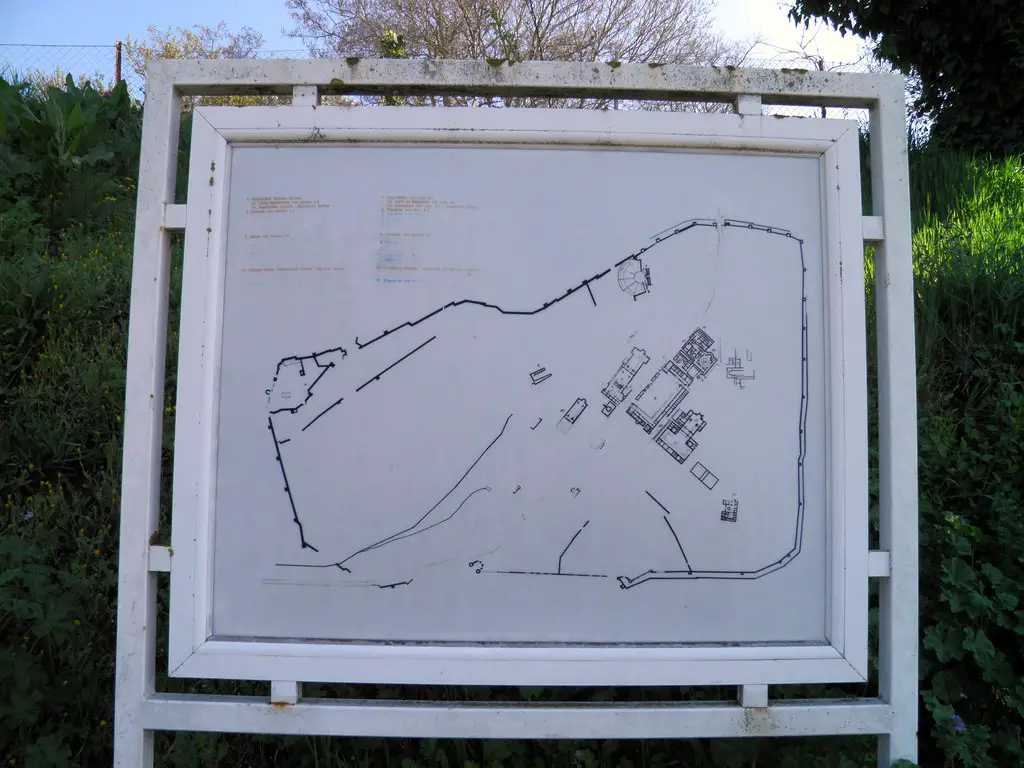
Philippi is an ancient archaeological site located in northern Greece, famous for its historical and religious significance.
What to see or do: Visitors can explore the remains of the city, including the ancient theater, the Acropolis, the Octagon, and the Roman Forum. Also, you can stroll along the old Via Egnatia, an ancient Roman road that connected Rome with Byzantium.
Don’t miss: Don’t miss the chance to see the place where the apostle Paul preached and established the first Christian church in Europe.
Also, make sure to visit the Baptistery of St. Lydia, a significant site for the early Christian church where the first Christian baptism in Europe took place.
Insider travel tips: Wear comfortable shoes, as the terrain can be uneven, and there is a lot of walking involved. The site can get crowded during peak season, so it’s best to arrive early to avoid the crowds.
Also, bring plenty of water, as there aren’t many opportunities to buy drinks within the archaeological site.
28. Daphni Monastery
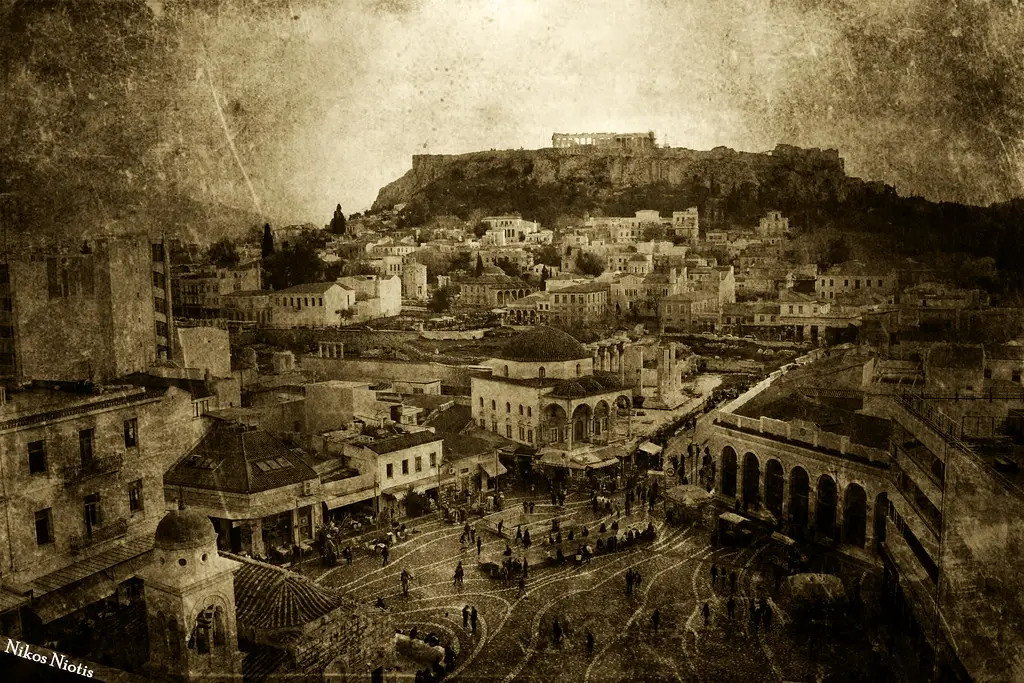
What to see or do:
Don’t miss:
Insider travel tips: The monastery is located just a short drive from Athens, making it an easy day trip. Arrive early to avoid crowds and take time to explore the surrounding area, including the nearby Kaisariani Monastery.
Dress modestly as it is a religious site.
29. Gortyn – Archaeological Site
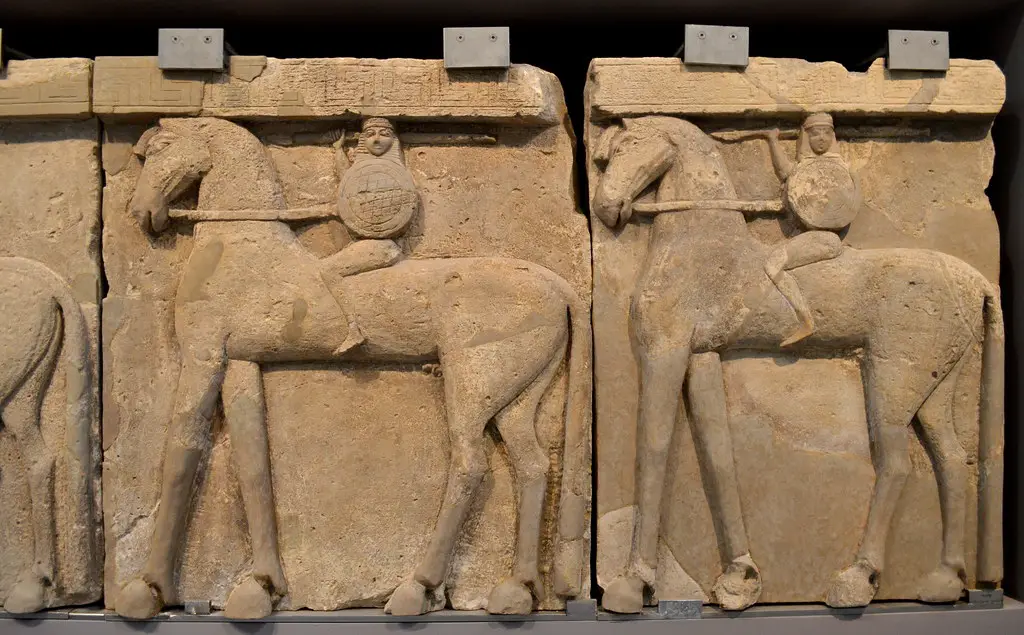
Gortyn is an ancient archaeological site located in the south-central part of Crete island in Greece. It was one of the most important cities in the island during the Roman period.
What to see or do: – Admire the remnants of the Roman Agora, the Odeon Theatre and the Sanctuary of Zeus.
Don’t miss: The Gortyn Law Code, an inscription on a large stone that dates back to 450 BC, one of the most significant documents of ancient Crete.
Insider travel tips: – Wear comfortable shoes and bring a hat and sunscreen in the summer because the site can get extremely hot.